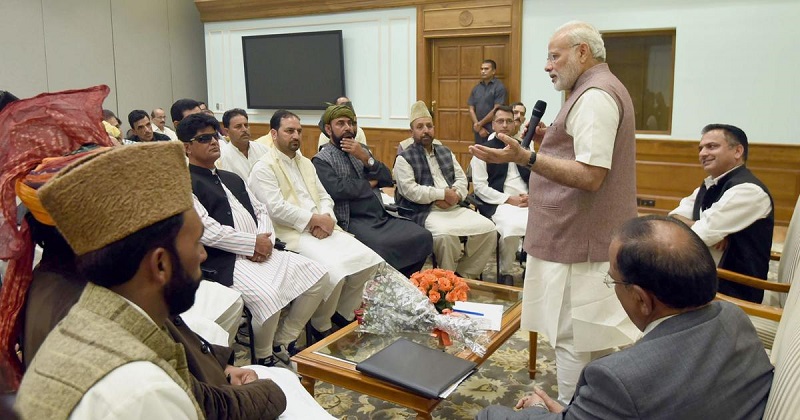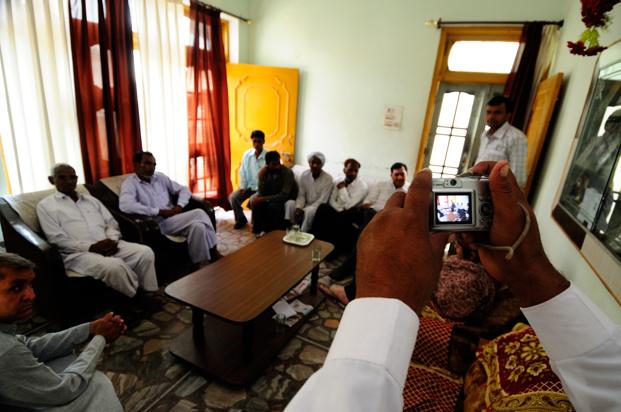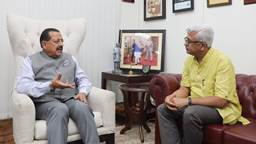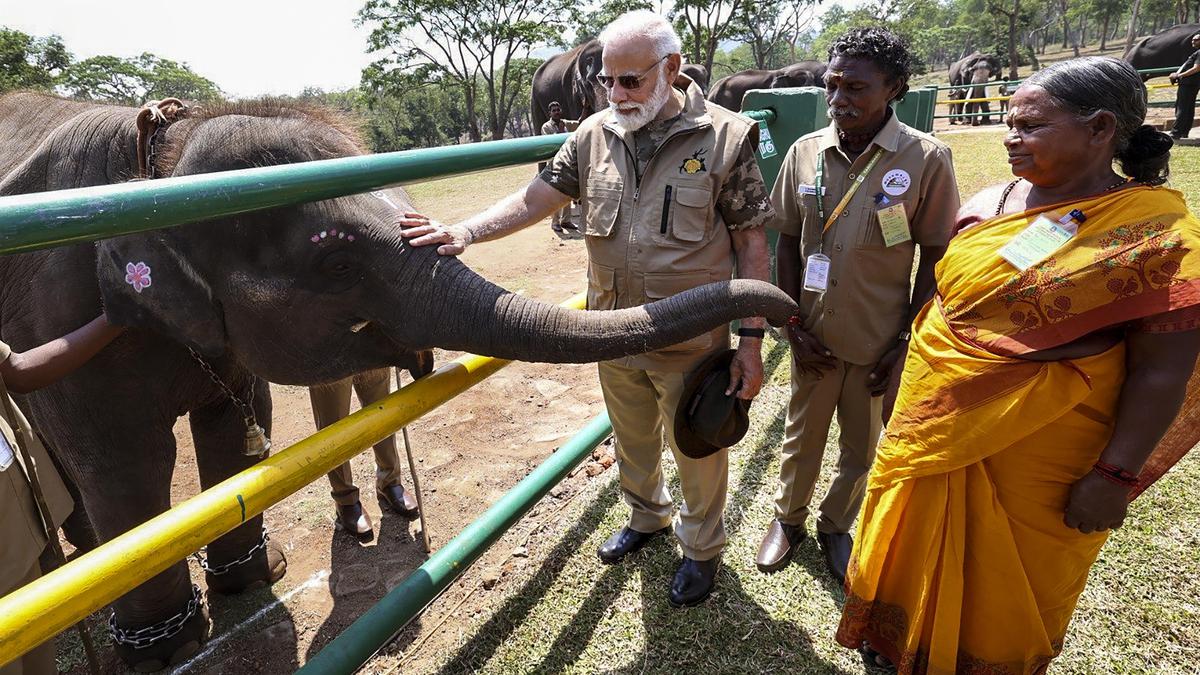The Ministry of Panchayati Raj’s press release paints a rosy picture of India’s rural landscape undergoing a digital renaissance. Initiatives like eGramSwaraj, AuditOnline, and the ambitious BharatNet project seem to weave a tapestry of enhanced transparency, accountability, and service delivery within Panchayats. While these hold immense potential, a closer inspection reveals not just vibrant threads of progress, but also intricate knots that need untangling and missing hues that call for inclusion. Only then can this digital tapestry truly empower all segments of society and pave the way for a genuinely equitable and prosperous rural India.
 Let’s applaud the strides taken. eGramSwaraj, the one-stop digital hub for crucial Panchayat functions, boasts over 2.52 lakh Gram Panchayats onboard, fostering transparency and accountability. Audit Online tackles the critical aspect of financial governance, streamlining the audit process and generating over 2.4 lakh reports for 2021-22. The ambitious Bharat Net Project, aiming to connect all Gram Panchayats with broadband, holds the key to bridging the digital divide and unlocking opportunities for rural communities. Over 2 lakh service-ready GPs mark a significant step forward.
Let’s applaud the strides taken. eGramSwaraj, the one-stop digital hub for crucial Panchayat functions, boasts over 2.52 lakh Gram Panchayats onboard, fostering transparency and accountability. Audit Online tackles the critical aspect of financial governance, streamlining the audit process and generating over 2.4 lakh reports for 2021-22. The ambitious Bharat Net Project, aiming to connect all Gram Panchayats with broadband, holds the key to bridging the digital divide and unlocking opportunities for rural communities. Over 2 lakh service-ready GPs mark a significant step forward.
However, celebrating these initiatives as mere threads of progress without unpacking the challenges they face would be akin to admiring a tapestry from afar without appreciating the intricate work that went into its creation. Here’s where we must unravel the knots that could hinder the full potential of this digital transformation:
- The Digital Divide’s Loom: The spectre of digital illiteracy looms large, particularly among rural populations. Without targeted training programs, localized support mechanisms, and user-friendly interfaces in local languages, widespread adoption and effective utilization remain distant dreams.
- Beyond Bharat Net’s Threads: While commendable, ensuring consistent and affordable internet access across all regions, especially remote and geographically challenging areas, remains a hurdle. Addressing these infrastructure gaps is essential for equitable participation and preventing further marginalization.
- Securing the Digital Fabric: As Panchayats increasingly rely on digital platforms, robust cybersecurity measures are critical to protect sensitive data and prevent cyberattacks. Capacity-building workshops and awareness campaigns are crucial in equipping Panchayats with the necessary knowledge and tools to navigate the digital landscape securely.
- Weaving Inclusion’s Missing Hues: It’s paramount to ensure that marginalized communities, including women, differently-abled individuals, and linguistic minorities, are not left behind. User-friendly interfaces in local languages, multilingual support channels, and targeted capacity-building programs are essential for inclusive access and participation.
Digitalization presents a powerful opportunity to empower Panchayats and transform rural India, but it requires a multi-pronged approach that acknowledges the challenges and prioritizes inclusivity:
- Collaboration is the Loom: Central and state governments, civil society organizations, and rural communities themselves must collaborate to identify specific needs, design effective solutions, and ensure widespread adoption. No stakeholder should be left out of the weaving process.
- Sustainable Funding: Long-term, sustainable funding models are crucial to ensure the continued development and maintenance of digital infrastructure and initiatives. We must ensure the threads don’t fray due to resource constraints.
- Community Ownership Empowers: Fostering a sense of community ownership over digital tools and initiatives is essential for ensuring their sustainability and effectiveness. This requires capacity building at the local level and empowering communities to actively participate in decision-making processes. Let the community itself hold the reins of the digital loom.
By investing in digital literacy initiatives, addressing infrastructure gaps, strengthening cybersecurity measures, and designing with inclusivity at the core, we can weave a digital tapestry that empowers all segments of society, bridging the divide and paving the way for a more equitable and prosperous rural India. This journey demands collective action, innovative solutions, and a commitment to leaving no one behind. As we stitch this digital tapestry, let us envision a future where rural communities thrive, empowered by technology and connected to the world, playing a vibrant role in India’s overall progress.
The path forward is not without its challenges, but by acknowledging them and working together, we can unlock the immense potential of digitalization to transform rural India and build a brighter future for all. Let us move beyond mere threads of progress and strive to weave a truly inclusive and resilient digital tapestry for our rural communities.




